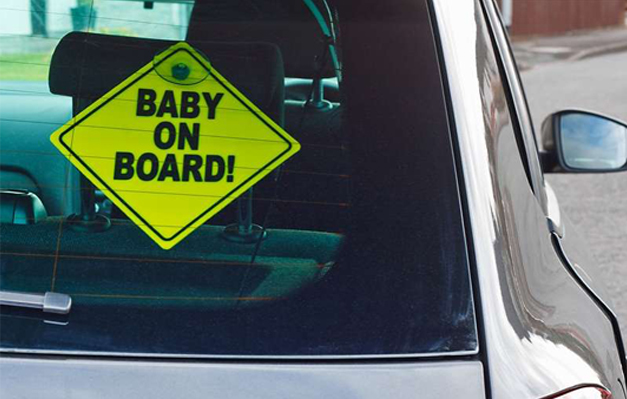

Child safety seats are compulsory by law and without a doubt they protect your child while driving. There are several laws to safeguard your child while on road including the use of lock up provided with the seats for children. Usually when accidents occur while baby on board, it was later found that parents were even unaware of how to buckle up their babies in the seats.
Using child car seats is not that simple as people think, we have made a list of five most common mistakes made by car drivers when using the child car seats and putting their child at serious risk.
It is the most common and a very dangerous mistake to loosely install the child seat. It is common in both cases, while using the latch or the seat belt of the car. It is very important to install the child seat as firmly and tightly as possible.
After installing your child seat, give it a tug at the seat belt or strap or latch whatever is used to fix it. There should not be a slack of more than an inch. If it moves more than an inch, it needs to be tightened.
Loosely installed child seat is highly dangerous. In case of sudden and hard braking, it can drop off the main seat and can fatally injure your baby.
There are two types of seats, a forward facing for kids over two years of age and a rear facing seat for the kids under two years of age. It is quite common for people to use the forward faced seat for the babies under two.
Use correct type of seat for the children, forward facing for over two years of age and rear facing for babies under two. Children cannot ride the front seat of the car until the age of 12 or sit independently in the rear seat of the car when grown up to 4 ft. and nine inches.
It is dangerous because the neck of the babies under two cannot react firmly against the braking forces. Babies have small necks and heavy heads, so there is a likely chance of a neck break when braking hard on the road.
LATCH (Lower Anchors and Tethers for Children) is a system that is legally required in the cars built after 2002 to buckle up the child seats in the car.
When using the seat belt to buckle up the child seat, Latch is the best option. People usually ignore safety measures when installing the baby seats in their cars
First of all, it is illegal not to use the LATCH after 2002, it can risk the overall safety of your baby on board because without latch, you cannot tightly buckle up the child seat and in case of an accident or sudden braking the concept of child car seats becomes invalid.
The Chest Clip is the most important part of a child seat and it ultimately buckles up the child in the seat. It needs to be sitting at the chest of the child as it is the hard part of child body.
People usually buckle up the chest clip at the abdominal skin of the babies which is very dangerous because this part of the body cannot face the forces produced in the case of collision.
According to the age of the baby, risk level increases in small babies. If you buckle up at the lower abdominal skin, it will squash the tummy of your baby and consequently it is hazardous.
It is very important to firmly buckle up the harness of the child seats every time when child is in there. A loose harness is very dangerous for your baby and it can cause a serious risk for your baby.
The harness must be very tight and should not be able to pinch any webbing from the harness on the body of the child. It should be tight enough.
Loose harness can cause a baby fall out of the seat. A risk of fatal injury is associated with the slack harness in case of a collision or sudden hard braking.
